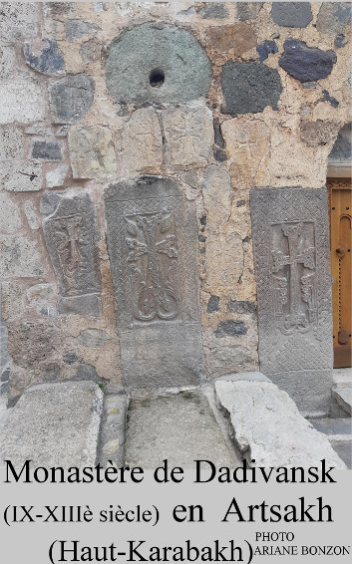Twenty-five years ago, hammers began chipping away at the Berlin Wall, dismantling the physical reminder of a divided city that a generation struggled to destroy. The Wall was a global symbol of separation and isolation, but there was also a local reality. Despite the waves of investment that have healed the physical scars of the divided city, there are still some vestiges of the city’s two former halves. A recent satellite image of the city at night shows the legacy of two systems of streetlights : the amber-hued streetlights of the former East and the white streetlights of the West. Stark contrasts in key socio-economic indicators still exist between East and West Berlin neighborhoods. This is compounded by gentrification that further concentrates income inequality, poverty, and unemployment in many eastern parts of the city. Many Berliners still reflect on the so-called “wall in the mind.”
Klaus Wowereit, the affable mayor of Berlin, famously described the city as “poor, but sexy.” Wowereit capitalized on the organic and entrepreneurial development of the creative scene in Berlin that was sparked because the city was affordable, spirited, and open in the post-Wall era. Yet in reflecting on Wowereit’s legacy and the massive changes during his 13-year term, it is debatable how much of Berlin’s revitalization was due to his policy agenda.
As Wowereit leaves office this December, Berlin faces mounting challenges, including a significant public debt that is almost twice the German per capita average. There are also the infamous examples of infrastructure projects gone wrong, notably the massively delayed and over-budgeted international airport. In addition to these structural and infrastructure challenges, Berlin, like many European and U.S. cities, needs to confront growing inequalities within its borders. Without doing so, the qualities that make Berlin a creative capital and innovation incubator could be endangered. Michael Mueller, Wowereit’s successor as mayor, will likely adopt a different approach. As the chairman of Mueller’s Social Democratic Party, Sigmar Gabriel, recently said : “Under his leadership, social justice and economic growth will be measures of political action.”
The strategies for achieving inclusive and sustainable urban development were discussed at the German Marshall Fund’s Atlantic Dialogues last month. Bulelwa Makalima Ngewana, CEO of the Cape Town Partnership, remarked that the importance of sustainability and inclusion has special significance in Cape Town, because 2014 also marks the 20th anniversary of the end of Apartheid. “We’ve now gotten over the euphoria of freedom and reality has set in,” she said. “The gap between haves and have-nots has grown much bigger than we ever thought it could be.”
Much like the Berlin Wall, Apartheid created physical, economic, social, and ideological barriers between citizens. Unlike Berlin, however, the physical divisions created by Apartheid are still very visible in cities like Cape Town, compounding economic and social disparities. “What is really needed now is what we call collaborative partnerships, which is an ability to bring the public sector, the private sector, and civic society together to collaborate and co-create solutions for the problems we are facing,” Ngewana said. She went on to describe a collaborative partnership she introduced in Cape Town called “design storming.” Through design storming, cross sector teams engage in a 36-hour collaborative design process to solve big challenges, such as providing public toilets. The open source solutions developed through the process are tested, scaled-up, and replicated.
Despite the differences between Cape Town and Berlin, both have city leaderships that value bottom up action, creative problem solving, and seeking allies in untraditional places. As Berlin’s next mayor, Mueller may not be as flashy as Wowereit, but he will need to leverage Berlin’s creative spirit and entrepreneurial resources to bring new stakeholders to the table. Co-creation and collaboration, which had made the creative scene in Berlin so successful, can be deployed to thinking strategically about the city’s future. The good news is that this is already happening in bits and pieces and at various scales throughout the city. The question remains if the incoming mayor and his administration will leverage this collective action to lead Berlin through its next phase of post-Wall urban regeneration.

